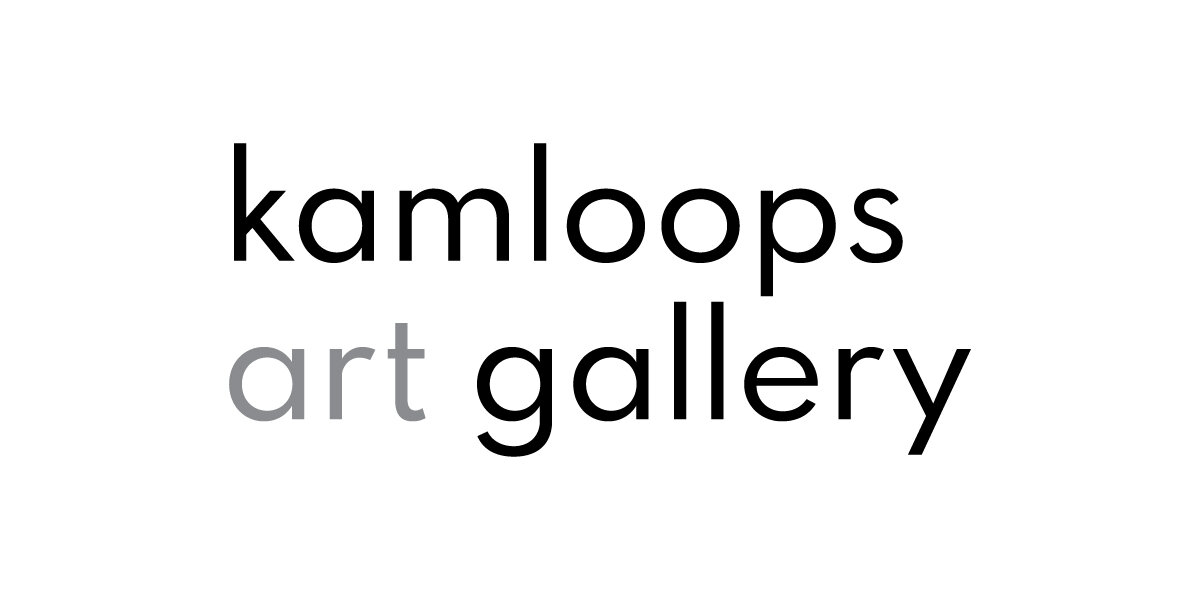Thompson Rivers Spring “Flood” Watercolour
SCHOOL PROGRAM LESSON PLAN – 4 to 6
Thompson Rivers Spring “Flood” Watercolour
Final Project Description:
A map-like image made with watercolour and fine liners of the Thompson Rivers that has been “flooded” by spraying the pigment with spray bottles.
Description:
Students will create a basic map of the Thompson Rivers detailing local flora and fauna around the water. Include all relevant features and creatures. Discuss map making and how much the rivers change in a year.
Theory:
Students will (taken from the BC Curriculum PLOs):
-manipulate selected materials to create images
-create 2D images that represent ideas and concepts
-respond to artworks – Germaine Koh’s Weather Systems
-create 2D images using minification and point of view
Creation & Analysis:
- Explain the process of flooding in our rivers. In the late spring, when it’s warm enough for snow on the mountains north of Kamloops to melt, this runoff releases itself into the river system, particularly the North Thompson. Looking at the example map, have students imagine how far these mountains are from town and how fat they need to travel to get here. If kids have been to Wells Grey, they have an idea of how far the water runs.
- The same thing happens in the South Thompson. When the rivers meet here in Kamloops at the confluence, the waters mix and look different colours because the South river is filtered through the Shuswap lakes system, the water and debris in it is refined and settled by this process. Relate this to a sieve and how it strains material out of things.
- Discuss map making and representing information graphically, minimizing or shrinking information to make it portable and a clear reference. Discuss the aspects of a river system and how they are interconnected. Sketch out the river system with important details in pencil.
- Have students try dry and wet brush techniques to create their river picture. Try to encourage colour mixing and depth – that water is not actually “blue” – it’s a combination of other colours and how we perceive light. Vegetation in the river will colour the water as will dirt, silt, floating wood and other things that might be in the river. Have students consider the many small details that would be present in a river like bugs in the water, etc. Students can blow pigments around using straws. Cut them in half to get more use from them.
- Once they are satisfied, explain that we are going to flood our rivers to mimic the rise in water levels that we observe each spring. We’ll do this by spraying our painted rivers with a mist, which will release and disburse the pigments, mixing them according to how much water is applied. Explain that Koh’s water level work measures the water level on Salt Spring Island near Vancouver Island as the ocean tide come in and out. We are replicating the increase in water levels as they are experienced in our own local environment.
Duration:
60 minutes in the studio – 10 mins on approach, 5 mins explaining how to achieve different effects, 40 mins on project including flooding, 5 mins for wrap up and possible discussion or look at other’s work to end class. Works will need to dry.
Materials:
Pencils
Rag paper
Watercolours and watercolour pencils
Water
Brushes of different sizes
Watercolour palettes
Spray bottles filled with water
Paper towel to “sandbag” or blot with
Look & Discuss:
-HAVE STUDENTS PUT THEIR NAMES ON THEIR work! This is important.
How has this activity deepened their understanding of the flooding process? How did the colour mixing illustrate how various materials (rocks, dirt, plants, water) mix during a flood? How might climate change effect this process? Are these effects being felt locally already?
Prep:
-Layout pencils, paper and map print out
-Cut paper to size
-Layout watercolours, brushes, palettes, water pencils
-Have spray bottles off to the side, bring them in once everything else has been considered and finished.
Take it further:
Ask students to look at each other’s work at the end of class to see how other students approached their project. How are they similar? How are they different? How has this activity made them consider spring flooding and colour mixing? Do they better understand Koh’s work?
